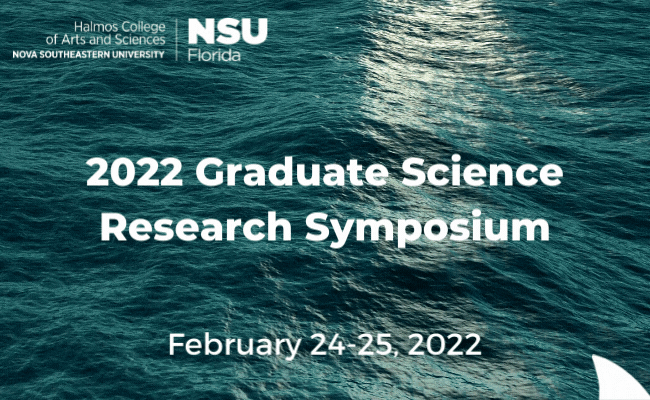A Spatial Assessment of Impacts to the Flats Fishery by Recreational Boating in the Florida Keys National Marine Sanctuary
Start
2-25-2022 12:45 PM
End
2-25-2022 1:00 PM
Type of Presentation
Oral Presentation
Abstract
The recreational flats fishery in the Florida Keys is a major component of the marine resource-based economy, exceeding $465 million (USD) in annual economic impact. Mainly targeting permit (Trachinotus falcatus), bonefish (Albula vulpes) and tarpon (Megalops atlanticus), those participating in this fishery generally practice catch-and-release angling, therefore is considered a more sustainable fishery and is often overlooked by resource managers. However, with population and tourism on the rise in South Florida, the fishery is increasingly threatened by habitat degradation and user conflicts. Ongoing revisions to the Florida Keys National Marine Sanctuary plan creates a unique opportunity to inform management officials of new science describing potential impacts to the flats fishery. Local stakeholders understand and experience resources in ways scientists and off-site managers typically do not, therefore engaging local experts and exchanging information can lead to a more effective management system. In our study, a semi-quantitative approach was used by incorporating local stakeholder information to assess the overlap of flats fishing with boater impacts to better inform management officials of heavily used areas. To accomplish this, we compared the extent of flats fishery habitats with multiple anthropogenic stressors such as seagrass propeller scarring and boat ramp locations. This multi-angled approach provides unique insight for resource managers to help insure the stability of an economically valuable and culturally important fishery.
A Spatial Assessment of Impacts to the Flats Fishery by Recreational Boating in the Florida Keys National Marine Sanctuary
The recreational flats fishery in the Florida Keys is a major component of the marine resource-based economy, exceeding $465 million (USD) in annual economic impact. Mainly targeting permit (Trachinotus falcatus), bonefish (Albula vulpes) and tarpon (Megalops atlanticus), those participating in this fishery generally practice catch-and-release angling, therefore is considered a more sustainable fishery and is often overlooked by resource managers. However, with population and tourism on the rise in South Florida, the fishery is increasingly threatened by habitat degradation and user conflicts. Ongoing revisions to the Florida Keys National Marine Sanctuary plan creates a unique opportunity to inform management officials of new science describing potential impacts to the flats fishery. Local stakeholders understand and experience resources in ways scientists and off-site managers typically do not, therefore engaging local experts and exchanging information can lead to a more effective management system. In our study, a semi-quantitative approach was used by incorporating local stakeholder information to assess the overlap of flats fishing with boater impacts to better inform management officials of heavily used areas. To accomplish this, we compared the extent of flats fishery habitats with multiple anthropogenic stressors such as seagrass propeller scarring and boat ramp locations. This multi-angled approach provides unique insight for resource managers to help insure the stability of an economically valuable and culturally important fishery.


